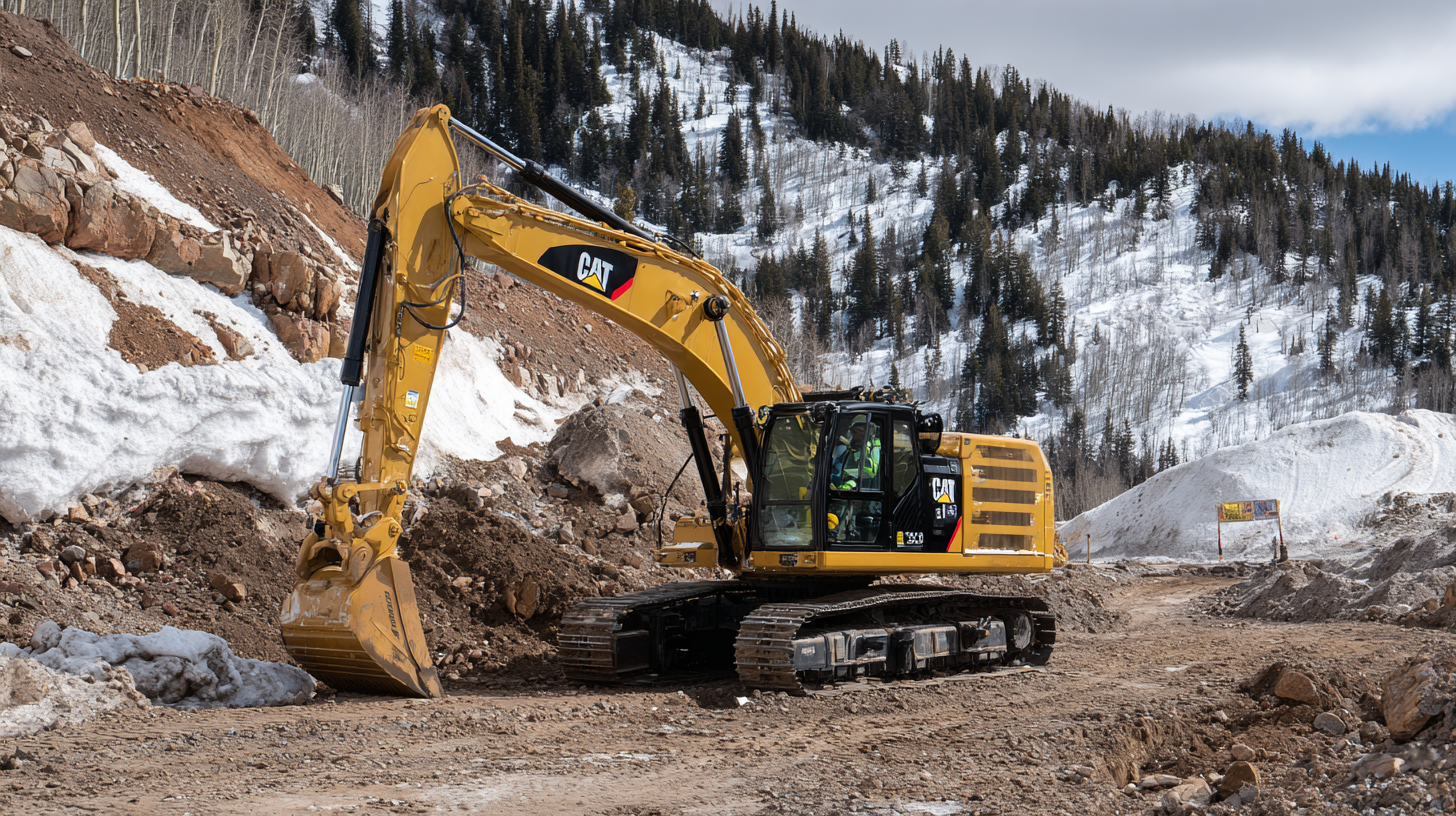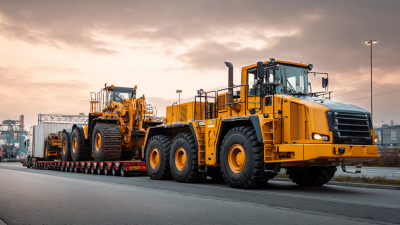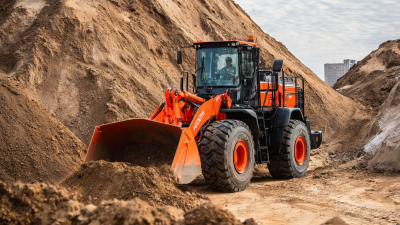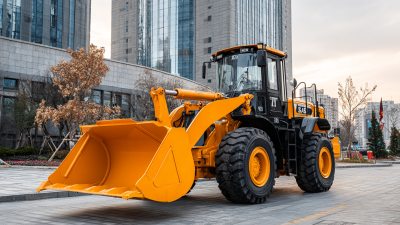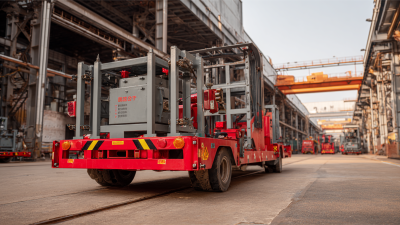Leave Your Message
-
Phone
-
E-mail
-
Whatsapp
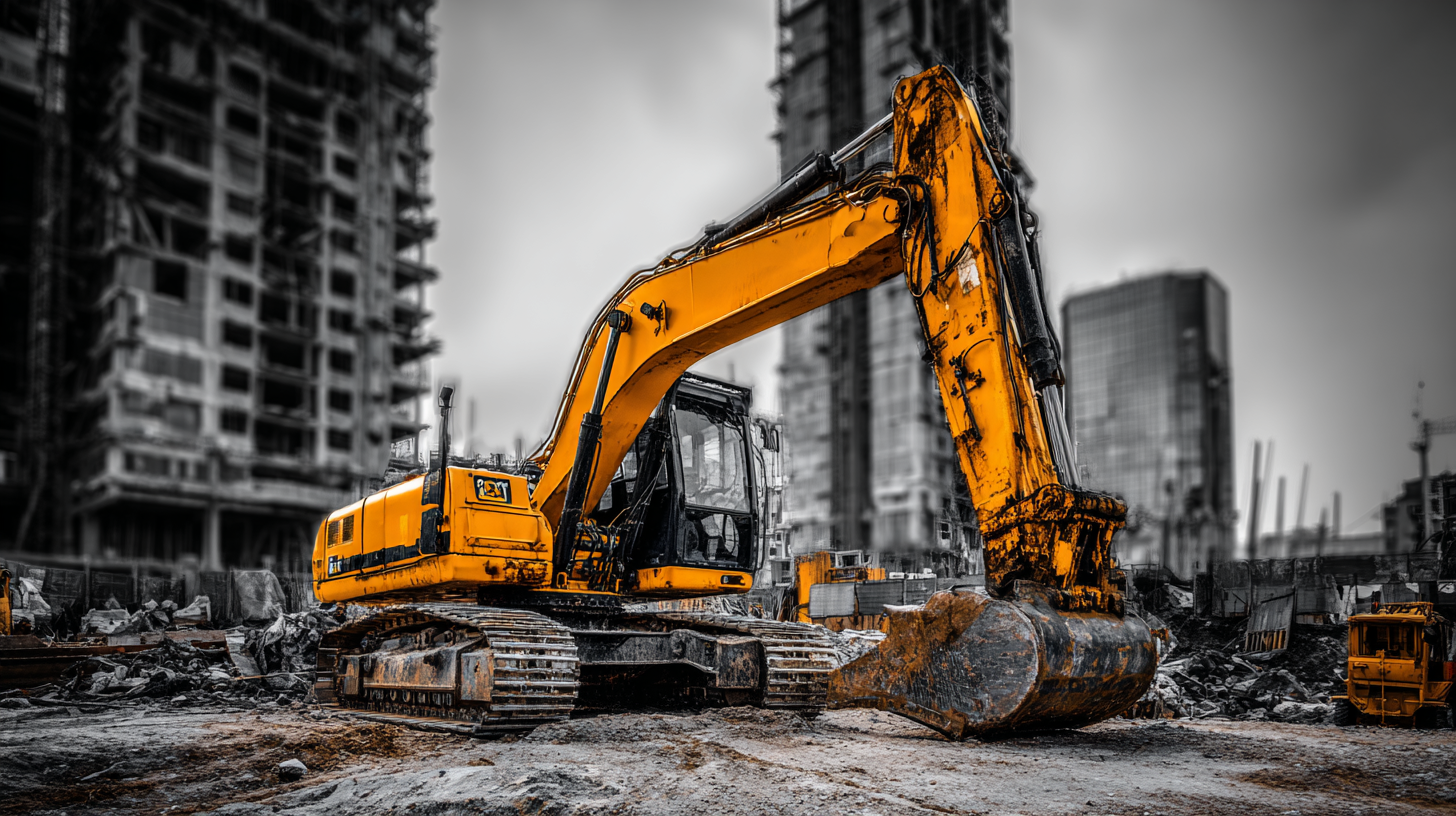 Choosing the right excavation equipment is crucial for the success of any construction or earth-moving project. According to industry reports by the Association of Equipment Manufacturers, the global construction equipment market is projected to reach $200 billion by 2025, with excavation equipment playing a vital role in this growth. Selecting appropriate machinery not only enhances productivity but also ensures safety and efficiency on site. With a variety of options available, from excavators to bulldozers, understanding the specific requirements of your project is essential. This decision can significantly impact project timelines and budgets, highlighting the need for careful consideration and expert guidance in the selection process of excavation equipment.
Choosing the right excavation equipment is crucial for the success of any construction or earth-moving project. According to industry reports by the Association of Equipment Manufacturers, the global construction equipment market is projected to reach $200 billion by 2025, with excavation equipment playing a vital role in this growth. Selecting appropriate machinery not only enhances productivity but also ensures safety and efficiency on site. With a variety of options available, from excavators to bulldozers, understanding the specific requirements of your project is essential. This decision can significantly impact project timelines and budgets, highlighting the need for careful consideration and expert guidance in the selection process of excavation equipment.
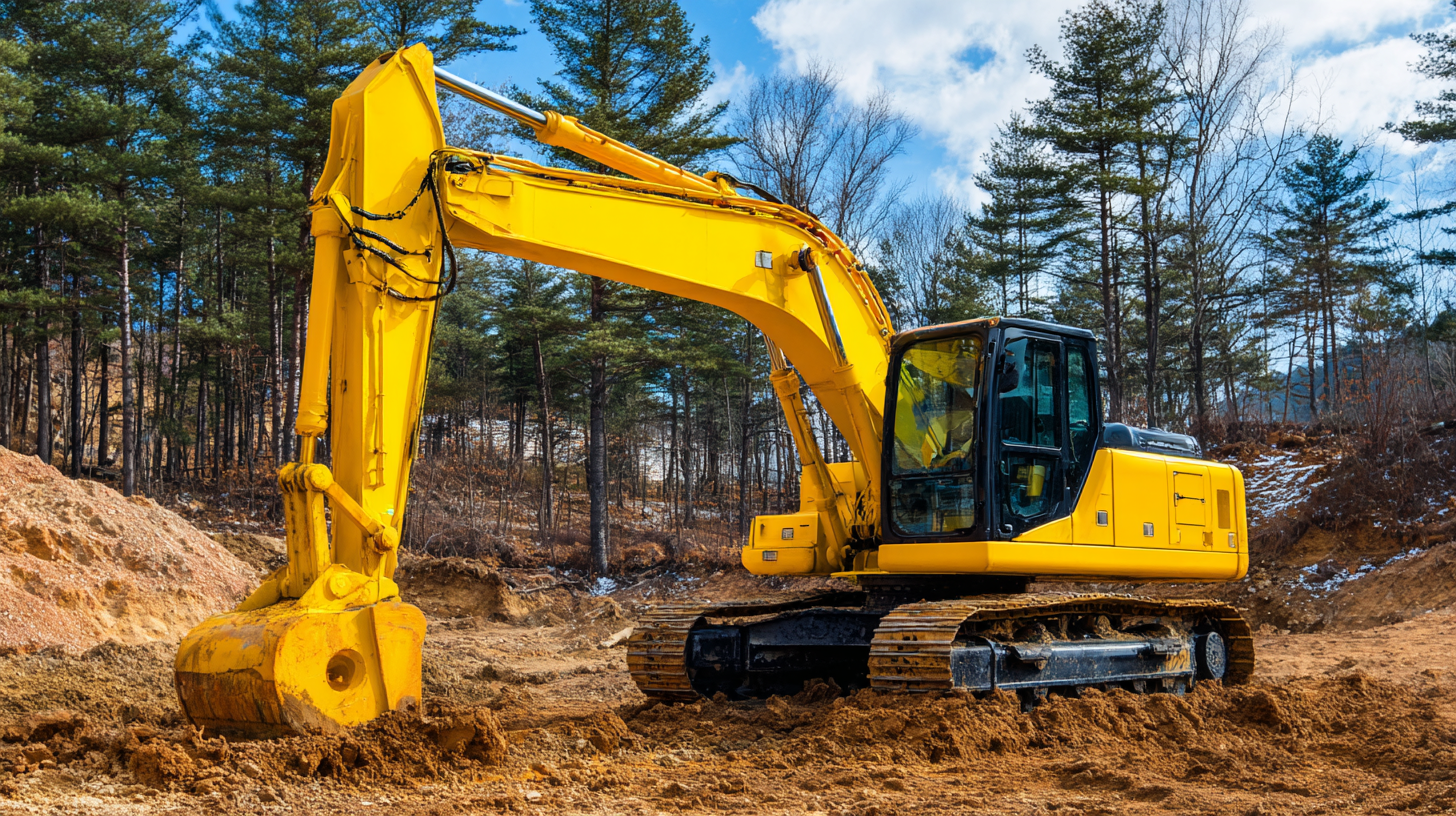 When selecting excavation equipment, it’s crucial to first understand the specific requirements of your project. Consider the type of soil you will be working with, as different excavators are designed for varied soil conditions. For instance, if your project involves hard clay or rocky terrains, a more powerful machine equipped with appropriate attachments may be necessary.
When selecting excavation equipment, it’s crucial to first understand the specific requirements of your project. Consider the type of soil you will be working with, as different excavators are designed for varied soil conditions. For instance, if your project involves hard clay or rocky terrains, a more powerful machine equipped with appropriate attachments may be necessary.
Additionally, the scale and depth of the excavation are vital factors; larger projects may require larger machinery, while delicate tasks in confined areas might necessitate compact equipment.
Another essential aspect to consider is the project timeline and budget. Larger, more advanced machinery can expedite the excavation process but often comes at a higher cost. Analyzing your time constraints alongside your financial resources will help determine the most suitable equipment.
Furthermore, examining the accessibility of the site is important; some equipment may not fit in tight spaces or may require special arrangements for transportation. By thoroughly understanding these facets, you can make an informed decision that aligns with your project's unique needs.
When it comes to excavation projects, selecting the right equipment is crucial for efficiency and safety. Different types of excavation equipment are designed for specific tasks, making it essential to understand their specific uses. For instance, backhoes are versatile machines commonly used for digging and loading materials. They excel in small to medium-sized projects, providing both the digging power of a shovel and the loading capability of a loader.
Another popular option is the excavator, which is ideal for larger and more demanding jobs. Equipped with a rotating cab, an excavator offers improved reach and precision, making it perfect for deep digging, trenching, and demolition work. For particularly tough terrains, bulldozers are a reliable choice, as they are designed to push large quantities of earth, clear land, and create roadways. Understanding the unique capabilities of each type of excavation equipment helps project managers choose the right tools for the job, ensuring that the project runs smoothly and efficiently.
When choosing excavation equipment, evaluating terrain and site conditions is crucial to ensure project efficiency and safety. According to the American Society of Civil Engineers, approximately 60% of project delays are attributed to unforeseen site conditions, highlighting the importance of thorough assessment before equipment selection. Factors such as soil type, rock presence, and moisture content can significantly influence the performance of equipment. For instance, using a standard excavator on soft, muddy terrain may result in suboptimal performance, while a swamp buggy would be better suited for such conditions.
Additionally, understanding site access and topography can determine the types of machinery that can be effectively deployed. In cases where narrow pathways or steep slopes are present, mini excavators or compact track loaders may provide the necessary agility without compromising stability or safety. A report from the Construction Industry Institute indicated that properly matching equipment with site characteristics can reduce operational costs by approximately 25%. Therefore, conducting a thorough site investigation before equipment procurement not only maximizes the project’s efficiency but also mitigates risks associated with equipment failure or increased downtime.
| Equipment Type | Best Terrain | Weight Capacity | Depth Reach | Typical Applications |
|---|---|---|---|---|
| Mini Excavator | Confined Spaces | 1-3 tons | Up to 10 ft | Landscaping, Utility Work |
| Standard Excavator | Urban Areas, Open Sites | 6-10 tons | Up to 20 ft | Foundation Digging, Site Preparation |
| Large Excavator | Rough Terrain | 10+ tons | Up to 30 ft | Mining, Heavy Construction |
| Backhoe Loader | Varied Terrain | 4-6 tons | Up to 14 ft | Excavation, Material Handling |
| Skid Steer Loader | Tight Spaces | 1-3 tons | Varies based on attachment | Landscaping, Demolition |
When planning your excavation project, budgeting and cost considerations play a crucial role in deciding whether to rent or purchase equipment. Rental options can offer flexibility and lower upfront costs, making them appealing for short-term projects. However, be mindful of potential hidden fees associated with rentals, such as delivery charges or late return penalties. On the other hand, investing in equipment can be more economical over time for long-term projects, but it requires a larger initial investment.
Tip: Before making a decision, assess your project's timeline and specific equipment needs. Create a detailed budget that includes not only the cost of the equipment but also maintenance and operational expenses.
Additionally, research the depreciation rates of the equipment you are considering purchasing. Some machinery loses value quickly, which could impact your investment if you choose to sell or trade it in later.
Tip: Consult with industry professionals to get insights on the best practices for equipment purchasing and renting. Networking can often lead to better deals or suggestions on equipment that fits your project requirements and budget.
When selecting excavation equipment, prioritizing safety features is crucial to ensure efficient and secure operations on-site. Operators should look for equipment that incorporates advanced safety systems, such as real-time monitoring and alerts for potential hazards during excavation tasks. The integration of wearable technology is gaining traction, allowing for better health and safety management by tracking operator well-being and environmental conditions. For instance, the construction equipment market is projected to exceed $89.4 billion by 2032, emphasizing the need for safe and reliable solutions as demand increases.
Furthermore, compliance with safety standards is becoming increasingly important. Recently, deadlines for electric construction equipment safety compliance have been extended, pushing manufacturers to enhance their equipment designs to meet stricter regulations. Investment in machines that adhere to emissions regulations not only supports a safer environment but also aligns with the industry’s sustainability goals. As capabilities evolve, it's essential to evaluate equipment that offers enhanced safety features, ensuring that operators can work within a secure framework while maximizing productivity in their projects.
